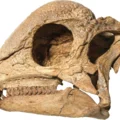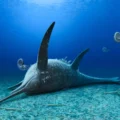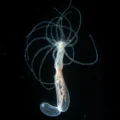Adherens junctions regulate tissue architecture, mediating robust yet dynamic cell–cell adhesion and, via cytoskeletal linkage, allowing cells to change shape and move. Adherens junctions contain thousands of molecules linked by multivalent interactions of folded protein domains and intrinsically disordered regions (IDRs). One key challenge is defining mechanisms conferring robust linkage and mechanosensing. Drosophila Canoe and mammalian Afadin provide superb entry points to explore how their complex protein structures and shared IDRs enable function. We combined genetic, cell biological, and biochemical tools to define how Canoe’s IDR functions during morphogenesis. Unlike many of Canoe’s folded domains, the proximal IDR is critical for junctional localization, mechanosensing, and function. In its absence, the mutant protein localizes to nuclei. We took the IDR apart, identifying two conserved stickers that directly bind F-actin, separated by less-conserved spacers. Surprisingly, while mutants lacking the IDR die as embryos with morphogenesis defects, no IDR subregion is essential for viability. Instead, stickers and spacers act combinatorially to ensure localization, mechanosensing, and function.












No Comments
Leave a comment Cancel